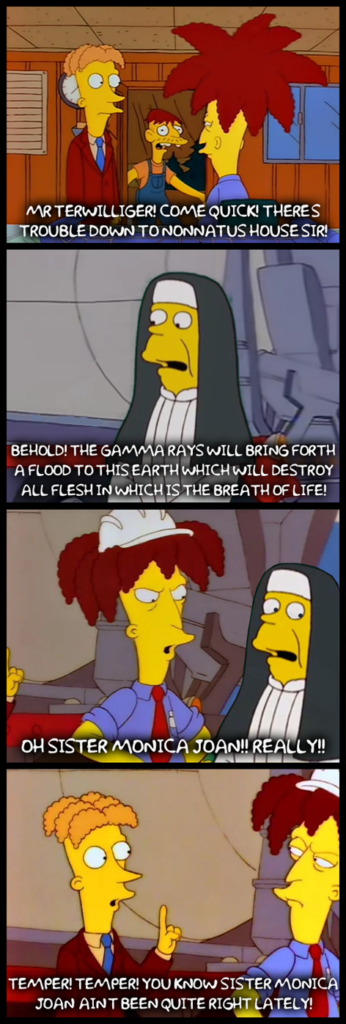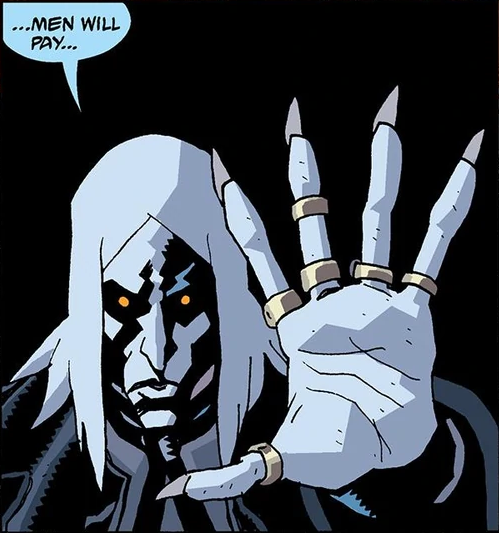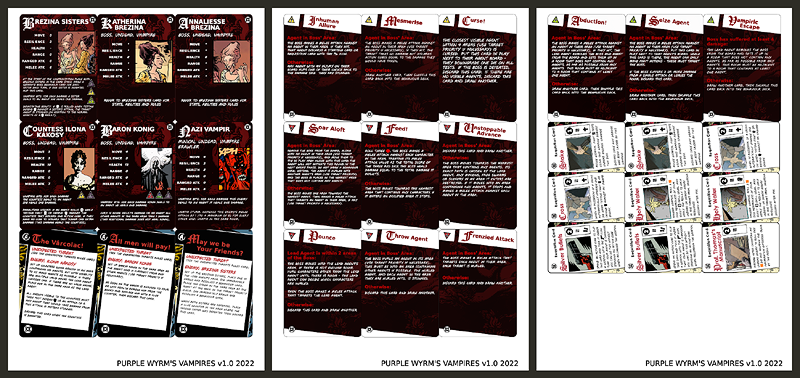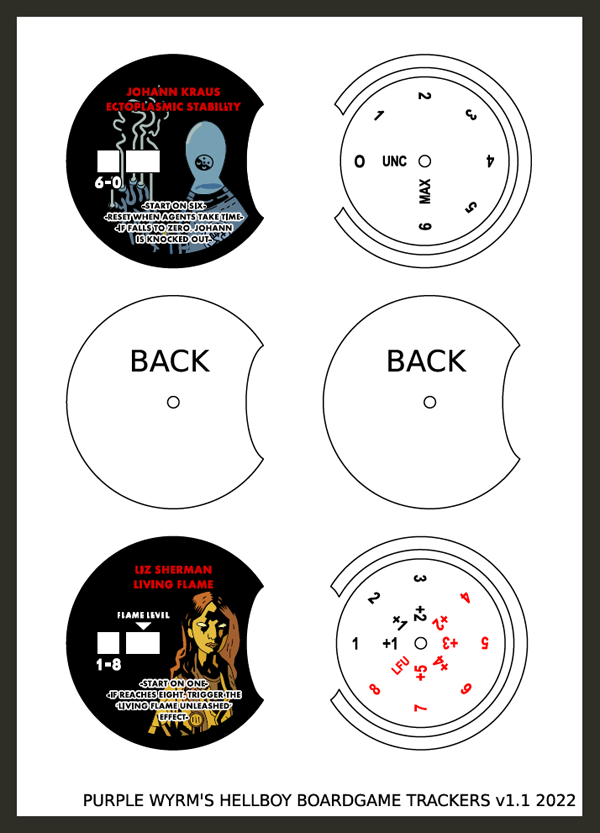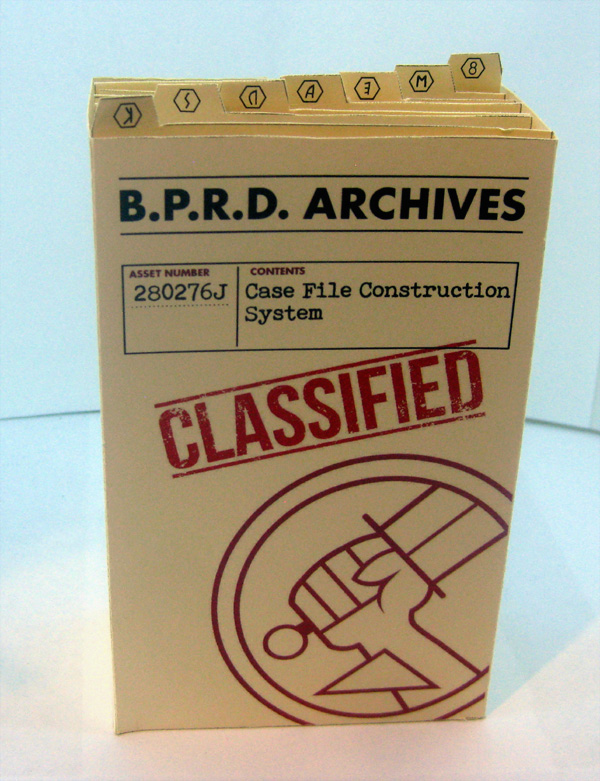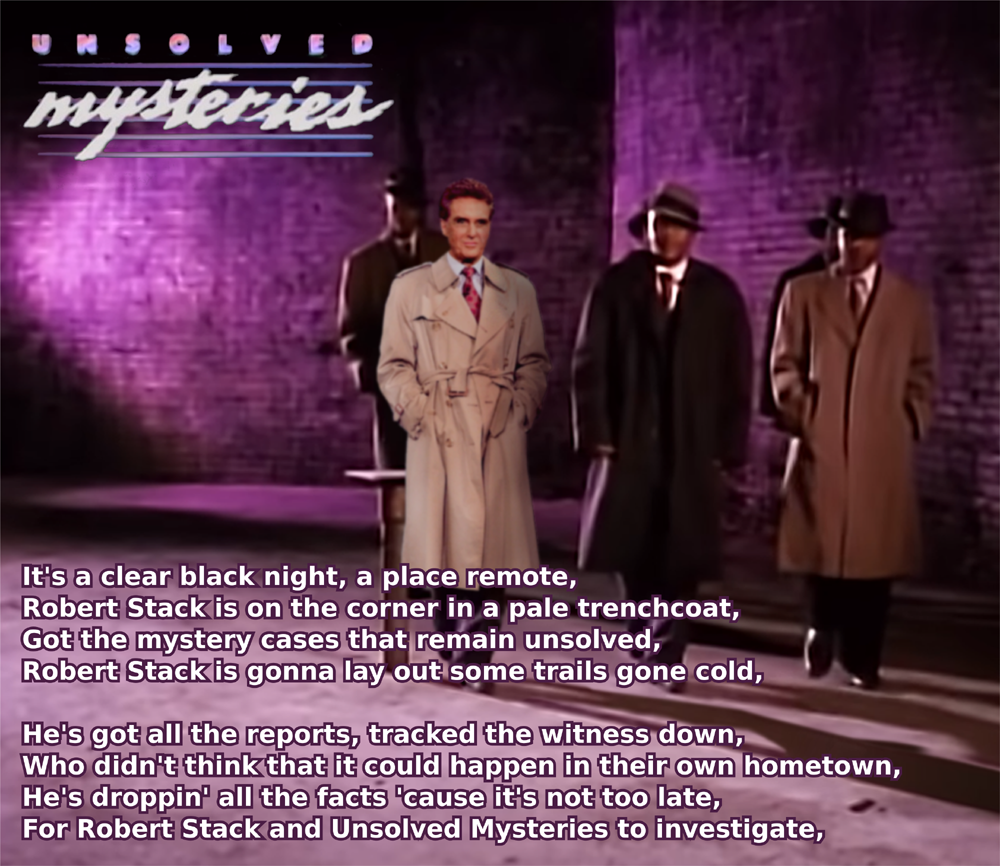A random collection of song lyrics that I have got amusingly wrong over the years.
Song: Hounds of Love
Artist: The Futureheads (covering Kate Bush)
Misheard Line: I found a box powered by dogs
Actual Lyric: I found a fox cornered by dogs
Commentary: Sunderland accents, you know?
Song: Dancing in the Dark
Artist: Bruce Springsteen
Misheard Line: Here’s a joke, here’s some wine, and it’s on me
Actual Lyric: There’s a joke here somewhere and it’s on me
Commentary: I though the Boss was being a gracious host, offering his listeners entertainment and drinks at his own cost.
Song: Enter Sandman
Artist: Metallica
Misheard Line: It’s still light, enter night
Actual Lyric: Exit light, enter night
Commentary: Not particularly significant, but Fabes almost punched me when he heard me singing it.
Song: Twist in my Sobriety
Artist: Tanita Tikaram
Misheard Line: Look my eyes are just hollow grounds, look your love has drawn me from my hounds
Actual Lyric: Look my eyes are just holograms, look your love has drawn red from my hands
Commentary: Let’s face it, my version sounds much more mysterious and interesting.
Song: The Riddle
Artist: Nik Kershaw
Misheard Line: By a tree by a river there’s a hole in the ground, where an old man in shadow walks around and around, in his mind is a question in the veil of the night, for a strange kind of person there’s a wrong and a right, he will never, never change
Actual Lyric: Near a tree by a river there’s a hole in the ground, where an old man of Aran goes around and around, and his mind is a beacon in the veil of the night, for a strange kind of fashion there’s a wrong and a right, he will never, never fight over you
Commentary: In my defence Nik Kershaw himself describes the lyrics as “nonsense, rubbish, bollocks, the confused ramblings of an 80s popstar”
Song: Justified and Ancient (Stand by the JAMs)
Artist: The KLF featuring Tammy Wynette
Misheard Line: They’re justified and ancient, ancient and they’re justified, rocking to the rhythm in the ice cream van, got the plan and the key to enter enter Mu Mu, far from the trogs of the JAMS, on my way to Beebeezak, ’cause I know what time it is, treatin’ on the time, make a modern 99, loose style, meanwhile, own store militia while fishing in the rivers of life
Actual Lyric: Justified and ancient, ancient and a-justified, rocking to the rhythm in their ice cream van, with the plan and the key to enter into Mu Mu, vibes from the tribes of the JAMS, I know where the beat is at, ’cause I know what time it is, bring home a dime, make mine a 99, new style, meanwhile, always on a mission while fishing in the rivers of life
Commentary: With everything else going on in this track it’s a wonder I managed to get the words that close.
Song: Mowgli’s Road
Artist: Marina and the Diamonds
Misheard Line: Oh Lord now I can see, recovery will keep on chasing me
Actual Lyric: Oh Lord now I can see, the cutlery will keep on chasing me
Commentary: I thought this was a well crafted line about the never quite complete process of recovery from mental and emotional trauma, but instead it – and indeed the entire song – is gibberish about being chased by spoons (I suppose you could interpret it as a reference to heroin addiction if you really wanted to). Marina Diamandis has disowned her entire first album, including this song, but I’m still happy to crank it and howl along.
Song: Friday I’m in Love
Artist: The Cure
Misheard Line: Tuesday, Wednesday hard to tak(e) and Thursday watch the wars instead
Actual Lyric: Tuesday, Wednesday heart attack and Thursday watch the walls instead
Commentary: The gibberish filled bridge about watching people eat and spinning sheep I got 100% right though.
Song: Brown Eyed Girl
Artist: Van Morrison
Misheard Line: Gunned down the old man with a transistor radio
Actual Lyric: Goin’ down the old mine with a transistor radio
Commentary: I always thought this was a brilliant line on the rebelliousness of youth, the importance of music to the young and the liberation not just inherent to rock and roll but of the sudden ability to easily transport music brought about by the transistor revolution. Turns out Van Morrison simply ain’t that smart.
